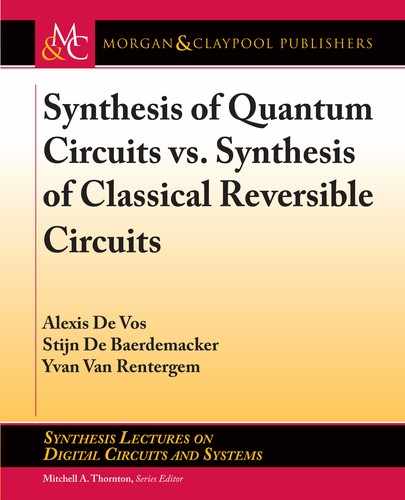Book Description
At first sight, quantum computing is completely different from classical computing. Nevertheless, a link is provided by reversible computation.
Whereas an arbitrary quantum circuit, acting on ?? qubits, is described by an ?? × ?? unitary matrix with ??=2??, a reversible classical circuit, acting on ?? bits, is described by a 2?? × 2?? permutation matrix. The permutation matrices are studied in group theory of finite groups (in particular the symmetric group ????); the unitary matrices are discussed in group theory of continuous groups (a.k.a. Lie groups, in particular the unitary group U(??)).
Both the synthesis of a reversible logic circuit and the synthesis of a quantum logic circuit take advantage of the decomposition of a matrix: the former of a permutation matrix, the latter of a unitary matrix. In both cases the decomposition is into three matrices. In both cases the decomposition is not unique.
